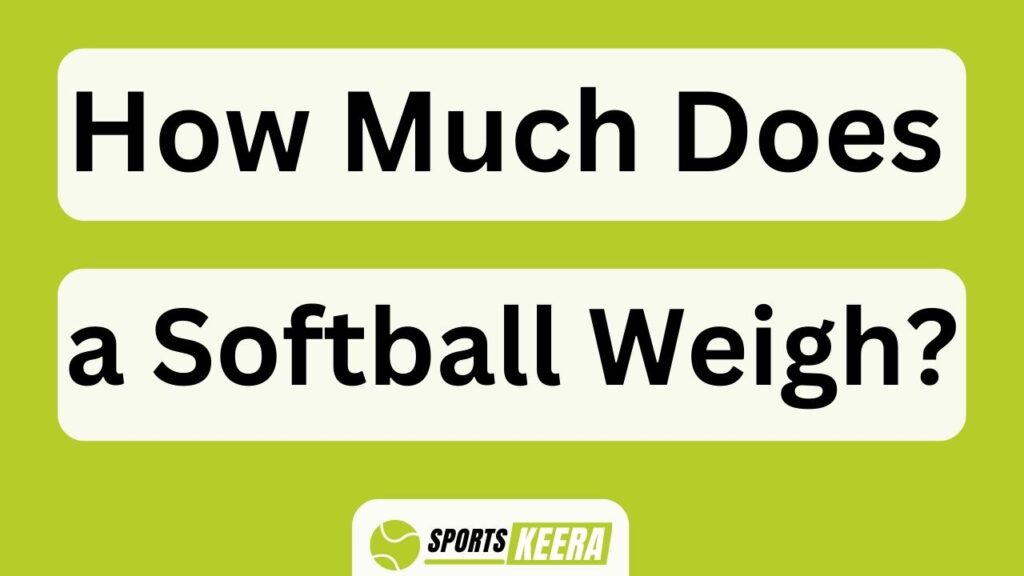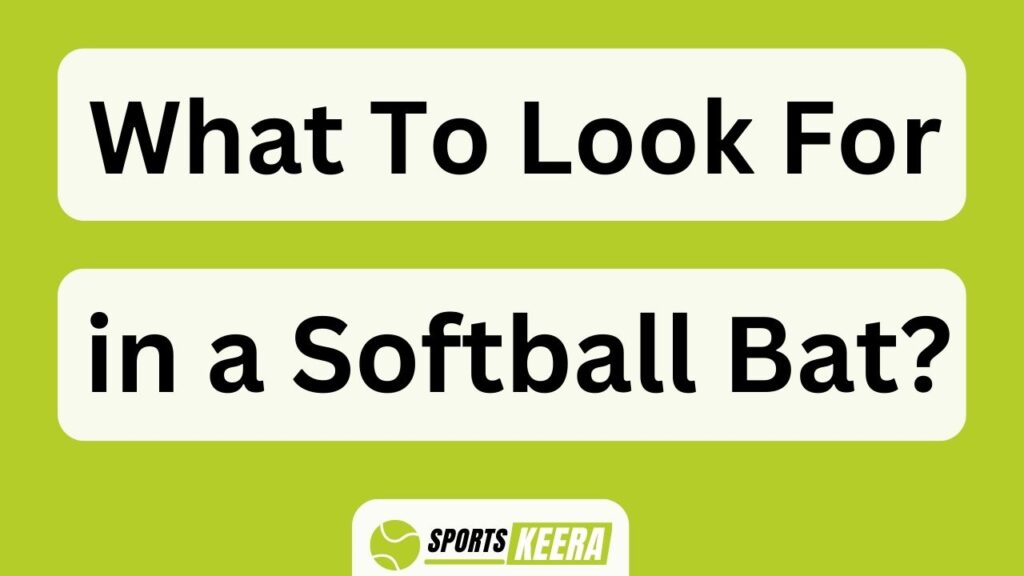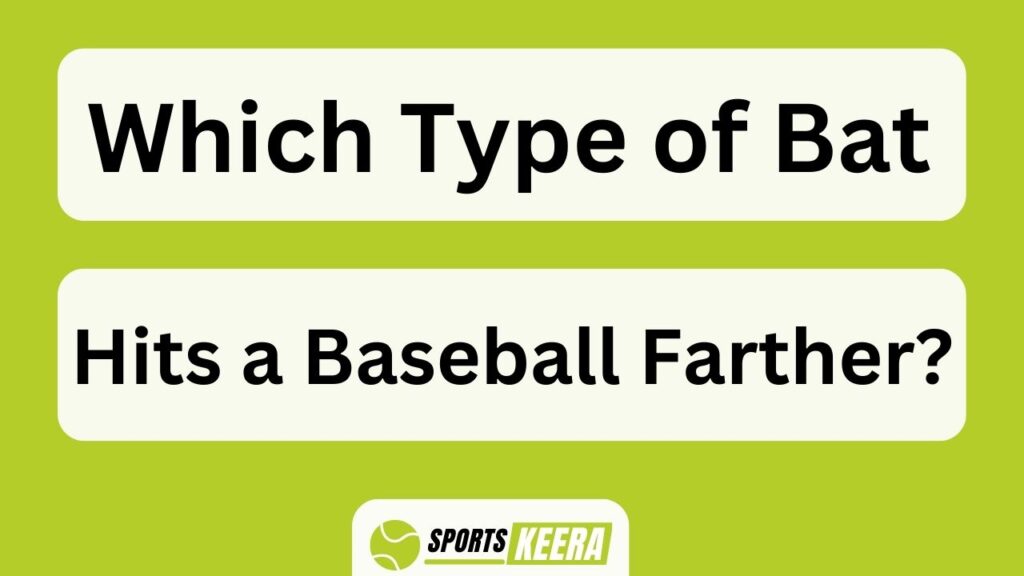How much does a softball weigh?
It may seem like a simple question, but the answer is not as straightforward as one might think. Softball weight plays a crucial role in the game, affecting everything from player performance to regulatory guidelines. While some may dismiss the importance of this seemingly insignificant detail, we are here to delve into the weighty world of softballs and uncover its true significance.
In this article, we will explore the standard weight of a softball and how it varies across different types. We will also discuss how weight impacts performance on the field and provide tips for using weighted softballs to enhance training. Along the way, we will debunk common misconceptions surrounding softball weight and address frequently asked questions.
So grab your gloves and get ready to dive into this research-driven exploration of softball weight – because when it comes to this sport, every ounce counts.
Key Takeaways How Much Does A Softball Weigh?
- Softball weight is important for both performance and safety reasons.
- Softball weight regulations vary based on player age groups.
- Different playing positions require specific skills and equipment, including different softball weights.
- Personal preference plays a significant role in selecting the right softball weight.
The Standard Weight of a Softball
You won’t believe how satisfyingly heavy a softball feels in your hand!
The standard weight of a softball is 6.25 ounces, and it plays a crucial role in the game.
The weight of the ball affects both the pitcher’s ability to throw with accuracy and speed, as well as the batter’s power and control when hitting.
Research has shown that a heavier ball tends to travel farther when hit, resulting in more home runs and higher scoring games.
On the other hand, lighter softballs are easier to pitch and can be thrown at higher velocities, making them harder for batters to hit.
Understanding the importance of weight in softball is essential for players and coaches alike, as it directly impacts performance on both sides of the game.
Understanding the Importance of Weight in Softball
Explore the significance of weight in softball by delving into a theory that reveals a profound insight for players and enthusiasts. Understanding the importance of weight in softball is crucial for both performance and safety reasons. Softball regulations and guidelines set forth by various organizations, such as the Amateur Softball Association (ASA), specify the standard weight of softballs based on the player’s age group. For example, ASA regulations state that a 12-inch softball should weigh between 6.25 to 7 ounces for younger players, while adult players typically use softballs weighing 10 to 11 ounces. This variation in weight allows for appropriate skill development and prevents injuries among different age groups. By adhering to these weight standards, players can optimize their performance while minimizing potential risks. Moving forward, let’s explore different types of softballs and their weights to gain further insights into this fascinating sport.
Different Types of Softballs and Their Weights
When discussing different types of softballs and their weights, there are two main categories to consider: fastpitch softballs and slowpitch softballs.
Fastpitch softballs typically weigh between 6.25-7 ounces, while slowpitch softballs have a slightly higher weight range of 11-12 ounces.
These variations in weight are important factors that affect the gameplay and performance of players in each respective type of softball.
Fastpitch Softballs
Fastpitch softballs, commonly used in competitive games, typically weigh around 6 to 7 ounces. The weight of a fastpitch softball is crucial for optimal performance on the field. Weight distribution plays a significant role in achieving the desired pitch velocity and control. Pitchers rely on the proper weight of the softball to generate power and accuracy during their throws.
Different pitching styles require varying optimum weights to maximize performance. For example, some pitchers may prefer a slightly heavier ball to enhance their speed and trajectory, while others may opt for a lighter ball for better control and spin. Understanding the importance of weight distribution and finding the perfect balance is essential for every pitcher’s success.
Moving on to slowpitch softballs, these differ from fastpitch softballs in terms of weight distribution and playing style without mentioning ‘step.’
Slowpitch Softballs
To truly enhance your slowpitch game, you’ll need to consider the unique weight distribution and playing style of slowpitch softballs. Slowpitch softball weight is regulated by various organizations, such as the Amateur Softball Association (ASA) and the United States Specialty Sports Association (USSSA). These regulations ensure that all slowpitch softballs are within a specified weight range.
Here are three key points to help you understand slowpitch softball weight:
- Standard Weight: Slowpitch softballs typically weigh between 11 and 12 ounces. This standard weight ensures consistent playability across different leagues and levels of competition.
- Weight Distribution: Unlike fastpitch softballs, which have a more centralized weight distribution, slowpitch softballs have an outer layer made of synthetic material or leather with a softer core. This design allows for increased distance when hit.
- Impact on Performance: The weight of a slowpitch softball can affect how far it travels when hit. Heavier softballs tend to fly farther due to their increased momentum upon contact with the bat.
Understanding these factors will help you choose the right slowpitch softball for your game and maximize your performance at the plate.
Moving forward, let’s explore the impact of softball weight on performance without writing ‘step’.
The Impact of Softball Weight on Performance
Contrary to popular belief, the weight of a softball can dramatically influence overall performance. Research has shown that the weight of a softball affects both pitching and hitting abilities.
A heavier ball requires more force to throw, which can lead to increased velocity and accuracy for pitchers. Additionally, hitters may benefit from using a heavier ball during training as it can improve bat speed and power when switching back to a regulation-weighted ball.
However, it’s important to note that individual preferences and skill levels also play a role in determining the ideal weight for each player.
In the next section, we’ll explore the regulations and guidelines for softball weight and how they impact gameplay without compromising safety or fairness among players.
Regulations and Guidelines for Softball Weight
When it comes to optimizing your performance, understanding the regulations and guidelines for softball weight is crucial. It ensures fair play and maintains a level playing field for all athletes. Here are three important regulations to keep in mind:
- Maximum Weight Limit: Softballs used in official games must not exceed a certain weight limit, typically around 6.25 ounces. This regulation ensures that the ball doesn’t become too heavy, affecting players’ ability to throw, catch, or hit accurately.
- Minimum Weight Requirement: On the other hand, there’s also a minimum weight requirement for softballs. This is to prevent pitchers from using extremely light balls that could give them an unfair advantage by increasing their throwing speed.
- Consistency in Weight: Softballs must be consistent in weight throughout the game to maintain fairness and avoid any bias towards one team or player.
Understanding these regulations can help you choose the right softball weight for optimal performance on the field while abiding by the rules set forth by governing bodies like ASA (Amateur Softball Association). Considering these factors will ensure that you make an informed decision when selecting your softball weight without compromising your gameplay abilities.
Factors to Consider When Choosing a Softball Weight
When choosing a softball weight, there are several factors to consider. First and foremost, the player’s age and skill level. Younger or less experienced players may benefit from using a lighter weight softball, while older or more advanced players may prefer a heavier ball for increased power and distance.
The playing position is another important factor to take into account. Pitchers may prefer a lighter ball for better control and accuracy, while infielders and outfielders might opt for a slightly heavier ball for longer throws.
Personal preference plays a significant role in selecting the right softball weight. Some players simply feel more comfortable with a certain weight, and that confidence can greatly impact performance on the field. Ultimately, finding the perfect balance between these factors will help ensure optimal gameplay and success in the game of softball.
Player’s Age and Skill Level
At different player’s age and skill levels, a softball’s weight may vary. When it comes to choosing the right weight for a softball, several factors need to be considered. One important factor is the player’s experience and skill level. Younger players or beginners may benefit from using a lighter softball as it allows for better control and easier handling. On the other hand, more experienced players who have developed their strength and technique may prefer a slightly heavier softball that provides more power during hitting or pitching.
To further understand how player’s age and skill level can impact the choice of softball weight, let’s take a look at the following table:
| Player’s Age/ Skill Level | Recommended Softball Weight |
|---|---|
| Young beginners | 10-11 ounces |
| Intermediate players | 11-12 ounces |
| Advanced players | 12-13 ounces |
As you can see, there is a gradual increase in recommended weight as players progress in their skills. This progression allows them to adapt to the demands of the game while still maintaining control.
Considering player’s age and skill level is just one aspect of selecting the appropriate softball weight. Another crucial factor is playing position, which we will explore next without skipping a beat.
Playing Position
When it comes to softball, a player’s age and skill level are important factors in determining their playing position. However, the playing position itself also plays a significant role in shaping the player’s skills and techniques. Each position on the field requires specific abilities and responsibilities that contribute to the overall success of the team.
To excel at their designated position, players must master various playing techniques tailored to their role. For example, outfielders need to have excellent speed and agility to cover large distances quickly, while infielders require quick reflexes and accurate throwing skills for making precise plays.
Additionally, different positions may have specific equipment requirements. Catchers need specialized gear such as chest protectors and masks to ensure their safety during games. Pitchers often use unique gloves designed for better grip on the ball.
Understanding each playing position’s intricacies is crucial for players aiming to maximize their performance on the field.
Now, let’s delve into another aspect of softball: personal preference…
Personal Preference
Softball players often have a strong personal preference for their playing position, as it allows us to showcase our unique skills and strengths on the field. Each position requires different abilities, and finding the right fit can greatly impact our performance. Some players thrive in the outfield, using their speed and agility to track down fly balls. Others prefer the infield, where quick reflexes and strong arms are essential for making accurate throws. Catchers possess excellent communication skills and must be able to handle pitchers effectively. Pitchers themselves are often seen as leaders on the field, with their ability to control the game’s pace and deceive batters with various pitches. To illustrate this further:
| Position | Skills Required |
|---|---|
| Outfield | Speed, agility |
| Infield | Quick reflexes, strong arm |
| Catcher | Communication skills, handling pitchers |
| Pitcher | Leadership qualities |
Understanding our personal preference for playing positions helps us focus on improving specific skills related to that role. This knowledge sets us up for success as we move into the next section about training and improving our softball skills with weighted softballs without writing ‘step’.
Tips for Training and Improving Your Softball Skills with Weighted Softballs
To improve your softball skills, you can use weighted softballs, which have been shown to increase pitch velocity by up to 5 mph. This training technique is highly effective and provides numerous benefits.
First, using weighted softballs helps to strengthen arm muscles, leading to increased throwing power and accuracy.
Second, it improves overall pitching mechanics by promoting proper arm motion and release point. Additionally, practicing with weighted softballs enhances grip strength and finger control, resulting in better ball movement and spin.
On the other hand, some people might think that using heavier softballs will negatively impact their performance or cause injury. However, this is a common misconception about softball weight.
In reality, when used correctly and in moderation as part of a well-rounded training program, weighted softballs can greatly enhance your skills on the field.
Common Misconceptions about Softball Weight
Don’t let the fear of injury or performance setbacks hold you back from experiencing the incredible benefits that come with using weighted softballs in your training.
There are many misconceptions and myths about softball weight that need to be debunked.
One common misconception is that using a heavier softball will automatically make you stronger and increase your throwing speed. However, research has shown that simply increasing the weight of the ball does not necessarily lead to improved performance. In fact, it can actually hinder your mechanics and lead to overuse injuries.
Another myth is that using a lighter softball will help improve bat speed and power. While it may seem logical, studies have shown that this is not the case.
So, when it comes to softball weight, it’s important to separate fact from fiction in order to optimize your training regimen.
Now let’s move on to frequently asked questions about softball weight…
Frequently Asked Questions about Softball Weight
Now that we have debunked some common misconceptions about softball weight, let’s address some frequently asked questions on the topic. One question that often arises is the importance of weight training for softball players. Weight training plays a crucial role in improving overall strength and power, which are essential for optimal performance on the field. Another question that comes up is the effect of weight on pitching speed. Research has shown that there is a correlation between ball weight and pitching speed, with lighter balls allowing for faster pitches. This highlights the significance of finding the right balance between ball weight and player strength to maximize pitching velocity. To delve further into these topics, let’s explore a table comparing different weights of softballs and their corresponding effects on pitching speed.
| Softball Weight | Pitching Speed |
|---|---|
| 10 oz | Faster |
| 11 oz | Moderate |
| 12 oz | Slower |
| 14 oz | Slowest |
Understanding these nuances can help players make informed decisions about softball weight to optimize their game. With this knowledge in mind, let’s move on to discussing the weighty role of softballs in the game of softball conclusion: without weighing down our progress.”
Conclusion: The Weighty Role of Softballs in the Game of Softball
You may not realize it, but those seemingly harmless softballs actually hold the weighty responsibility of shaping your performance in the game of softball. The influence of softball weight on pitching speed and the relationship between softball weight and bat speed are crucial factors to consider when playing this sport.
Research has shown that the weight of a softball can greatly affect how fast a pitcher can throw. A lighter ball allows for faster wrist action, leading to increased pitching speed. On the other hand, a heavier ball requires more strength and may result in slower pitches.
Similarly, the weight of a softball affects bat speed during hitting. A lighter ball allows for quicker swing speeds, while a heavier one may slow down bat velocity.
Therefore, understanding and optimizing the weight of softballs is essential for achieving optimal performance in every aspect of the game.
Frequently Asked Questions
Can the weight of a softball affect how far it can be hit?
The weight of a softball can indeed affect how far it can be hit. The impact of weight on hitting distance is due to its influence on swing mechanics, such as bat speed and power generation.
Are there any health risks associated with using weighted softballs?
Are there any health risks associated with using weighted softballs? Research shows that while weighted softball drills can provide benefits in training, improper use or excessive weight could potentially lead to injuries such as muscle strains.
Can using a heavier softball help improve pitching speed?
Using a heavier softball can potentially improve pitching speed by increasing arm strength and promoting better mechanics. It allows pitchers to develop more power and control, resulting in improved accuracy and the ability to experiment with different pitching techniques.
What is the ideal weight for a beginner softball player?
The ideal weight for a beginner softball player depends on their age, strength, and skill level. It is crucial to choose the right weight for a softball bat to optimize performance and prevent injury.
Are there any regulations on the minimum and maximum weight for a softball?
Softball regulations dictate a minimum weight of 6.25 ounces and a maximum weight of 7.00 ounces. The impact of softball weight on gameplay is significant, affecting pitching speed, hitting power, and defensive playability.
Conclusion
In conclusion, the weight of a softball plays a significant role in the game. Understanding its importance can enhance performance and skill development.
Different types of softballs have varying weights, regulated by guidelines to ensure fair play. Training with weighted softballs can improve strength and technique.
Don’t be deceived by misconceptions about softball weight! Remember, finding the right balance between power and control is essential for success on the field.
So let’s embrace the weighty wonders of softballs and unlock our true potential!






